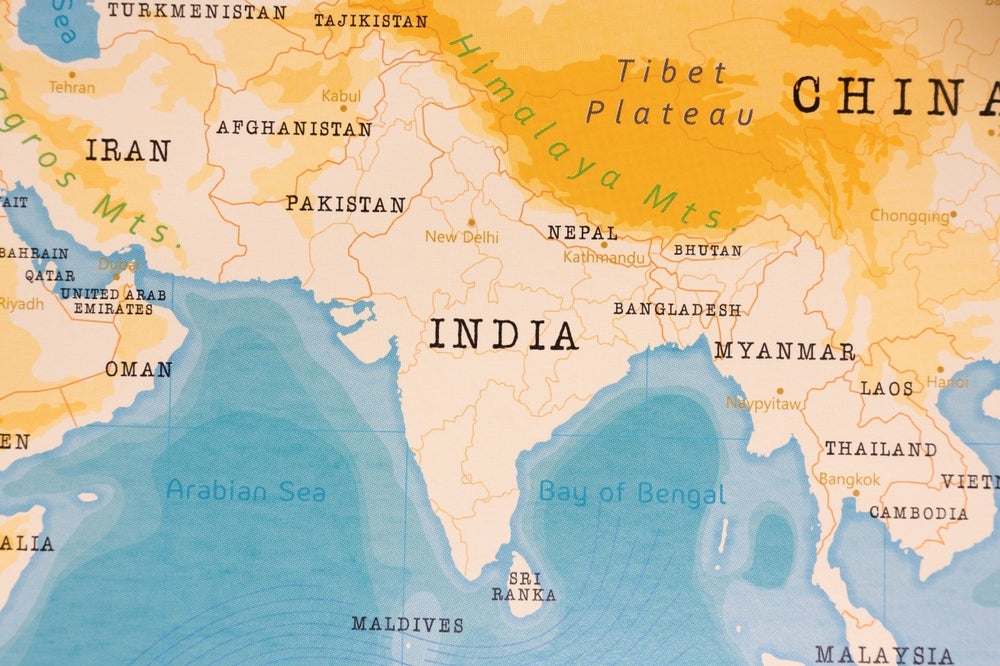American Express and MasterCard have each posted strong
third-quarter results in the face of a possible deterioration of
the US economy. International markets accounted for a growing
proportion of revenue growth.
American Express beat analyst expectations with its announcement
that the company’s third-quarter earnings rose by 10 percent.
Quarterly profit rose to $1.07 billion from $967 million in the
year-ago period, while revenue rose 11 percent to $6.95 billion
from $6.27 billion. Earnings growth reflected a 16 percent rise in
combined spending by consumers, small businesses and corporate
cardmembers, and boosted purchases to $162.5 billion, while
international billed business increased 23 percent from a year ago.
American Express added 2.5 million net new cards during the quarter
worldwide, an 11 percent rise.
American Express, which is known for its high net worth client
base, said its delinquencies had increased. The company said it had
padded reserves for loan losses, along with other financial
services companies, in order to face the worsening financial
fallout from the US subprime meltdown and its effect on the wider
credit market.
It is almost certainly its focus on wealthier customers that has
helped American Express avoid the pitfalls that have ensnared other
major US financial institutions. Investors have been keeping a keen
eye on American Express for signs that the subprime turmoil may be
bleeding into other areas of consumer finance such as credit cards.
American Express had total managed loans of $72 billion at the end
of the quarter, up 23 percent from the same quarter last
year.
However, according to Sanjay Sakhrani, equity analyst with analysis
company Keefe, Bruyette & Woods (KBW), the company’s credit
quality remains robust in light of the industry downturn. “We
believe these results demonstrate the strength and sustainable
competitive advantage of American Express’s premium business
model,” he told CI. “We believe the company has the ability to
sustain its growth in billed business volume in the near term
through its push into higher spending segments of the market (ie,
small business, global middle market and recurring payments), the
continued growth of the [global network and merchant services]
segment and the company’s focus on the premium consumer.”
Growth for MasterCard outside US
How well do you really know your competitors?
Access the most comprehensive Company Profiles on the market, powered by GlobalData. Save hours of research. Gain competitive edge.

Thank you!
Your download email will arrive shortly
Not ready to buy yet? Download a free sample
We are confident about the unique quality of our Company Profiles. However, we want you to make the most beneficial decision for your business, so we offer a free sample that you can download by submitting the below form
By GlobalDataMasterCard’s profits jumped 63 percent from the previous quarter to
$314 million in the third quarter of 2007, driven by increased
cardholder spending and the sale of a stake in Brazilian card
processor Redecard. The results confirm that MasterCard is growing
strongly outside the US, with especially strong results posted for
South Asia, Middle East, Africa and Latin America. However, growth
remained sluggish in the US.
MasterCard net revenues reached a record $1.08 billion, a 20
percent increase on the same period in 2006, helped slightly by the
dollar weakening against the euro. The currency fluctuations
contributed 2.3 percent to the increase in revenues. Revenues were
boosted by a gross dollar volume (GDV) increase in credit and debit
card programmes to $577 billion worldwide, an increase of 16.6
percent compared to the third quarter in 2006.
MasterCard’s customers issued 878 million cards worldwide in the
year to September 2007, an 11 percent increase compared to last
year. On the downside, total operating costs increased 16.3 percent
to $730 million in the third quarter, driven by a 24 percent
increase in higher marketing and advertising costs. MasterCard card
use was 26 percent higher compared with the second quarter in
Europe, 24 percent in Latin America and 22 percent in the
Asia-Pacific region, but increased just 8 percent in the US. Growth
was slow in the US because of a saturated market, and the company’s
best growth prospects continue to come from abroad. The company
took about half its revenue from outside the US.
MasterCard card use increased most in the South Asia, Middle East
and Africa region, up 41 percent in the third quarter from the
previous quarter. Around 30 million MasterCard cards have been
issued in the region so far this year, compared to 24 million in
the same period in 2006.
Sakhrani noted: “We think two words describe MasterCard’s
third-quarter earnings results – solid and strong.” However, he
warned that there could be challenges to growth, saying: “We
believe GDV growth could be further impaired if the US economy were
to slow down even further – MasterCard said it has seen some
slowdown in US consumer spending. The US segment represents about
50 percent of revenue.”







